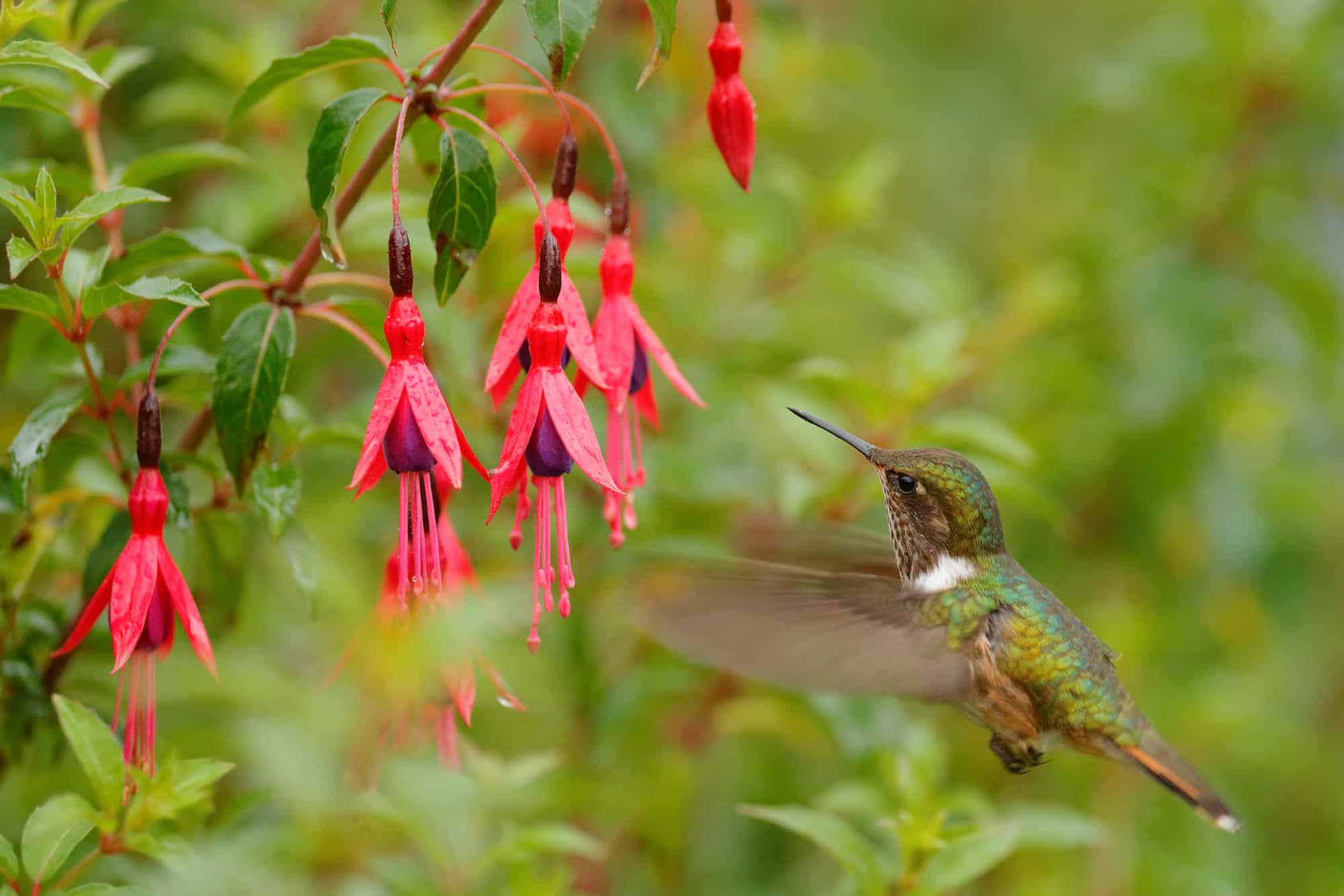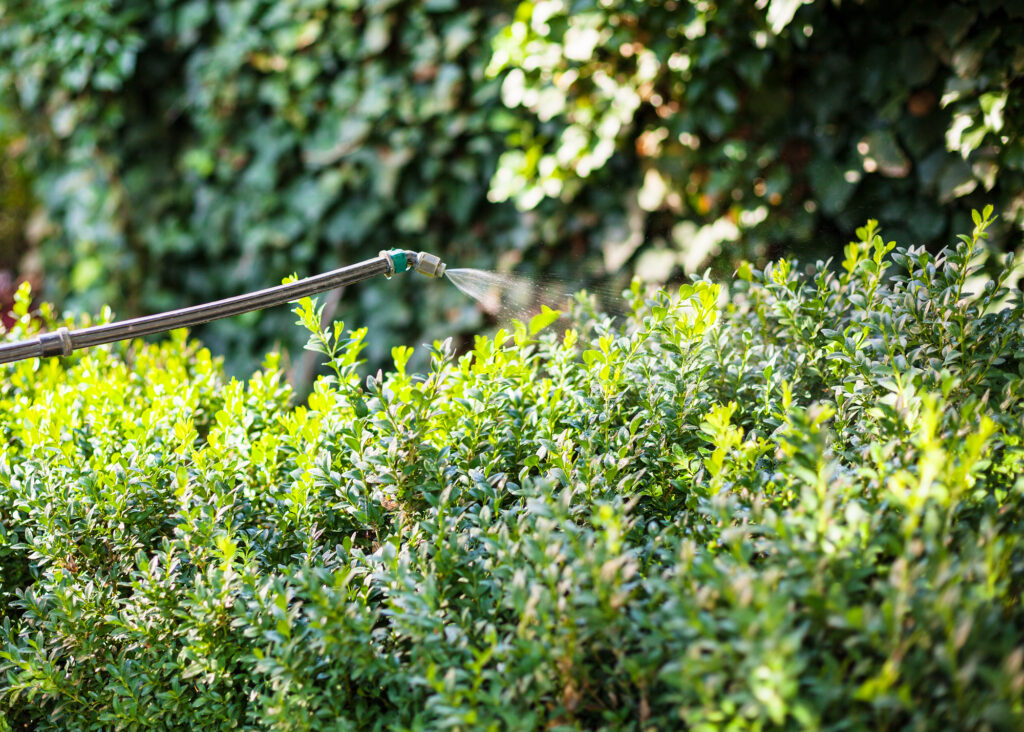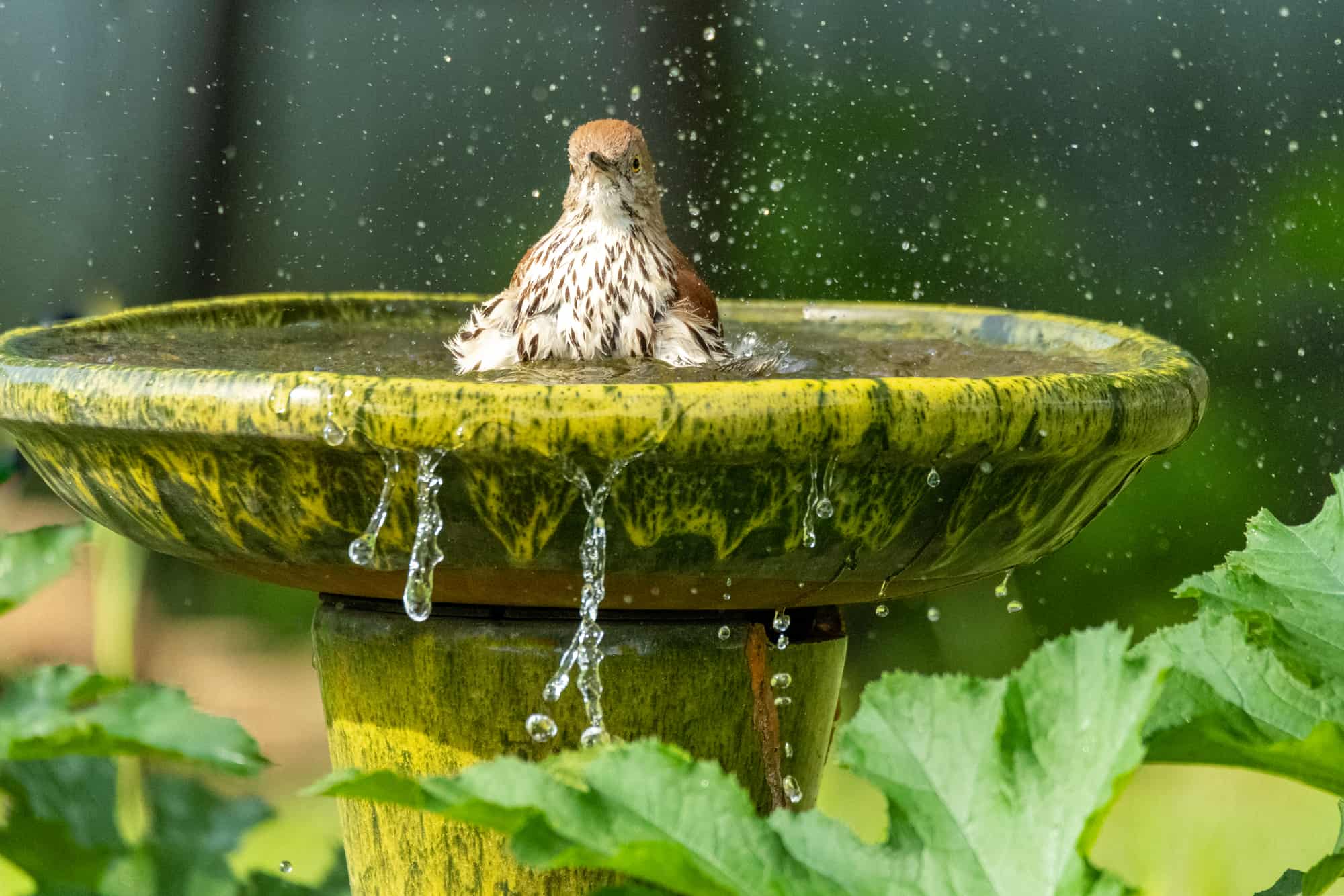All across North America, habitat loss is impacting wild birds. Urbanization, chemical agriculture, and desertification are all taking their toll, but so are the detrimental mistakes that homeowners make when landscaping their gardens.
The good news is that by avoiding these errors, you can turn your backyard into a wild bird haven – a place where they can feed, shelter, drink, bathe, and even reproduce.
As a seasoned eco-gardener, I’ll help you reverse these mistakes so you can create a backyard heaving with bird life.
Planting Exotic Species

One of the worst mistakes you could make in creating a wildlife-friendly garden is planting exotic plant species instead of natives. There are many reasons that native plants are far superior to introduced species which are all too often poorly understood by gardeners.
Firstly, native plants are the plants that birds have evolved alongside for thousands, if not millions of years. If an American robin’s ancestors have fed on the fruits of rum cherries, chokeberries, and highbush cranberries for generations, then it’s likely that these fruits will be the very best food for the species today, too.
Even more importantly, native plants are the home of native insects – an essential food resource for the majority of wild birds. Many people don’t realize how particular insects are, but most species only have a few native plants that they lay their eggs on, and nothing else will do!
So while an exotic hydrangea may appear to be similar to a native one, you may be depriving your birds of thousands of caterpillars that would have been hosted on the local type.
Remember how ingeniously native ecosystems are organized, and be sure to harness this in your design.
Using Chemicals

For those wishing to increase the number of birds in their backyard, one of the greatest steps to take is boycotting chemicals.
While some are safer than others, any kind of garden chemical can have a detrimental impact on bird life. The effects of the worst insecticides are all too obvious. The dead insects poison the birds, and other birds are less likely to move into the lifeless desert left in its wake.
But be warned that herbicides and fertilizers take their toll, too. By reducing the number of earthworms and microorganisms, herbicides and fertilizers deplete the base of the food chain that omnivorous birds thrive on. It’s a simple equation: fewer soil organisms means fewer insects and fewer insects means fewer birds.
Instead, adopt organic methods, and enrich your soil with compost and manure instead of chemicals. You’ll be amazed at how much more soil life there is, how much less you’re watering the soil, and how many more birds there are happily plucking earthworms from the ground!
No Source of Freshwater

Water means life. Without freshwater, no bird can survive, and clean water sources can often become surprisingly scarce in cities, agricultural areas, and even in the wild.
In my work as an ecological gardener, I often tell my clients that creating a garden pond is the single greatest step they can take to foster more wildlife in their gardens.
Not only does a pond give birds a place to wash and drink from, but it also attracts a living menu of invertebrates that will support birds such as dragonflies, mayflies, mollusks, and more.
In winter, when most sources of freshwater are frozen over, heated bird baths truly come into their own. By maintaining a supply of liquid water for wild birds, your garden could easily become one of the most popular destinations for local birds in the neighborhood.
Forgetting Evergreens

With so many beautiful deciduous shrubs and trees that you could include in your garden, you could be forgiven for forgetting to plant evergreens. Oftentimes, people don’t realize the importance of planting evergreens at all.
Now imagine you’re a sparrow or a finch. It’s a cold winter’s night, and a blizzard is ruffling your feathers. All the trees around you are devoid of leaves, bare skeletons offering no shelter from the cold. How will you survive?
The answer is obvious: Find a gardener who’s planted some evergreens! By retaining their leaves or needles throughout the year, hollies, laurels, pines, firs, and cedars can all provide a lifeline of shelter for all kinds of birds during the coldest months.
Not only useful for birds, but evergreens can also be extremely beautiful and provide a year-round screen around your property. If you select native species that also provide fruits or seeds for your birds, then all the better!
Cutting Back Dead Stems in Autumn

In late summer and autumn, when plants have finished flowering, conventional wisdom tells us to cut back the dead stems and seed heads that the plants have left behind. What most people don’t realize is that by doing so, you’re removing one of the most important winter wildlife resources from your garden!
Not only are hollow dead stems a haven for insects to overwinter in, but the seed heads on the stalks also provide some of the best nourishment that birds could hope to find. Finches, cardinals, and chickadees are but a few of the birds that will flock to gardens with dead-standing stems to feast on the abundant seed there.
Although leaving dead stems may appear unconventional or unsightly, they have a beauty of their own that becomes especially apparent when frost or snow settles on them. The icing on the cake is the flocks of beautiful birds that will visit you, but ignore your neighbors’ barren, well-groomed gardens.
Keeping Garden Edges ‘Tidy’

Closely related to leaving dead stems to overwinter, the entire edges of your backyard offer enormous potential to wildlife if you’re only willing to let them go a little.
While formal landscaping prescribes keeping the entire garden mown, pruned, swept, and manicured, such a space offers precious little value for insects, birds, and other critters.
In contrast, wildlife landscaping is a much less tidy affair. By allowing native wildflowers, grasses, dead branches, and leaves to accumulate at the garden edges, the backyard becomes a humming oasis of insect life that will attract bird species from far and wide to feast upon them.
These ‘overgrown’ edges can be further enhanced by leaving rock piles or log stacks to encourage even more invertebrate life. Your garden edges soon become a living larder for birds, and the flocks will be more than enough compensation for leaving your garden slightly on the ‘scruffy’ side!
Killing Weeds (aka Wildflowers)

Another error that conventional gardening makes regarding bird conservation is a disdain for weeds. While weeds can be a real nuisance for growing vegetables or well-groomed flower beds, many species are also among the most useful plants for birds.
The reason for this is simple: Another word for a weed is a wild flower, and the native wildflowers that have evolved alongside local birds for millennia are naturally going to be of immense importance to them.
Turn part of your backyard into a wildflower meadow and you’ll soon see how many insects arrive there. During nesting season especially, you’ll have the great pleasure of watching birds darting back and forth to your wildflowers to collect the abundance of grubs and caterpillars to feed their young.
Native wildflowers such as bee balm and columbine are also food for nectar-eating birds like hummingbirds and orioles. With all of these benefits, wildflower meadows are becoming ever-more popular with nature-loving gardeners.
Lack of Fruiting Trees and Shrubs

When designing a bird-friendly garden, it’s a good idea to include at least a few shrubs and trees that produce fruit for our feathered friends to feed on.
Highbush cranberries, mountain ash, hawthorn, hollies, crab apples, chokeberry, and juniper all produce fruits that birds adore. Even a small hedge of these species could provide a substantial harvest, helping birds stock up for the winter.
The fruits of poison oak and poison ivy might be toxic to humans but are among the favorites of many bird species, including woodpeckers, catbirds, and grosbeaks.
If you’d like to join in on the feast, you could also choose plants that produce delicious fruits for humans, too. Cherries, pawpaws, mulberries, American persimmons, serviceberries, raspberries, and currants are all great for this if you are willing to share!
Any kind of domestic fruit tree can provide welcome food for birds, too. Late winter apples are especially useful when unharvested fruits are left on the ground into the new year. Waxwings and thrushes may well thank you for the sweet treats at the coldest time of year!
Burning Your Brush (And Forgetting To Make Brush Piles)

After tidying up your garden and pruning your trees, it might seem fun to have a good bonfire at the end of the day. While we shouldn’t rule this out completely, there’s another way to dispose of your branches and dead stems that will attract many birds. It’s called a brush pile.
Exactly what they sound like, brush piles are simply heaps of twigs, branches, and dead stems, stacked up into a mound. While they might look untidy, brush piles make exceptional wildlife habitats, especially for small birds such as wrens, towhees, and warblers.
I had read a lot about brush piles, but it wasn’t until I made my own that I came to see what an invaluable habitat they provide. Before creating my brush piles of willow, alder, and poplar branches, I’d hardly seen a wren on my land. After that summer, wrens were everywhere! I suspect they even used them as nest sites.
It’s hard to explain how heartening it is to see birds enjoying the habitats we’ve created for them. By offering even just a few square yards of our backyard, habitats like brush piles can provide a haven for birds in neighborhoods where everyone else’s garden is kept tidy.

